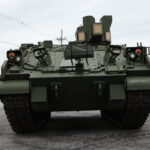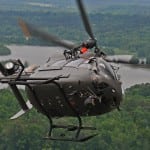
Top Army officials leading the service’s modernization push said Wednesday operating under an extended continuing resolution into 2020 could alter the timeline of major programs, such as hypersonic weapon development, and hinder efforts to improve outreach with small business. Leadership from the Army’s acquisition office and Futures Command told reporters at the Association of the United States Army conference in Washington the effects of the current short-term CR can likely be mitigated while urging a budget deal to avoid potentially…

 By
By 











